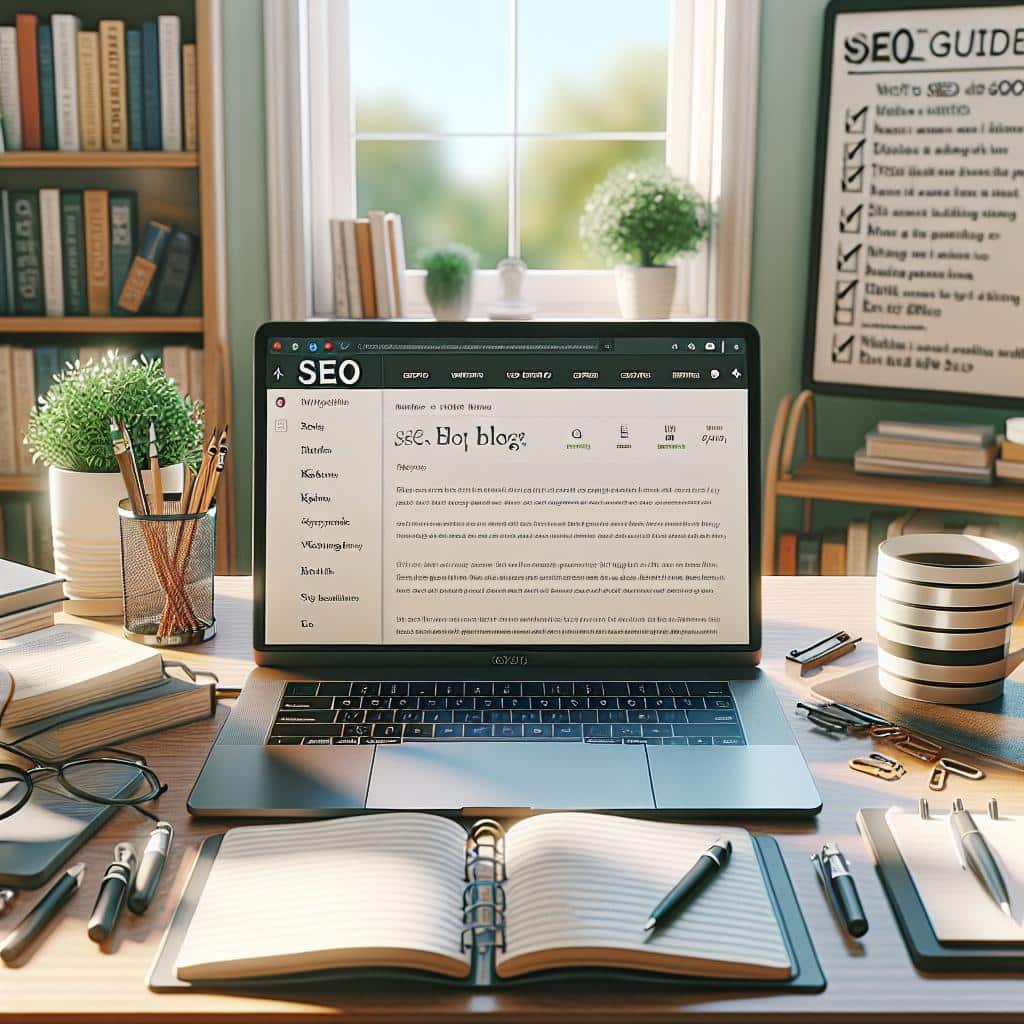In today’s digital age, creating content that not only informs but also gets noticed by search engines is crucial for bloggers and content creators alike. To reach a wider audience, understanding how to write SEO-friendly articles is paramount. But what exactly does that entail? Join me as we explore the intricacies of crafting content that resonates with both readers and search engines.
Understanding SEO Fundamentals
Before we delve into the specifics of writing an SEO-friendly article, it’s essential to grasp the fundamentals of Search Engine Optimization (SEO). SEO is the practice of optimizing content to rank higher in search engine results pages (SERPs). This involves using targeted keywords, HTML tags, and creating valuable content that addresses the needs of your audience.
To create an effective strategy, you might want to familiarize yourself with concepts like keyword research, on-page SEO, and link building. Take advantage of free tools like Google Keyword Planner or Ubersuggest to discover phrases that your audience is searching for. For more in-depth insights, you can refer to this Beginner’s Guide to SEO by Moz.
Step-by-Step Guide to Writing SEO-Friendly Articles
1. Research Your Keywords
Keyword research is the cornerstone of SEO. Before writing, identify a primary keyword for your article—this should be a term that encapsulates the main subject you plan to discuss. Additionally, find related keywords that supplement the main topic and can provide breadth to your content.
For example, if you are writing about “SEO techniques,” related terms might include “on-page SEO,” “keyword optimization,” and “search engine ranking.” Use these keywords naturally throughout your article where they fit contextually. This helps search engines understand your content’s theme and relevance to user queries.
2. Craft a Compelling Title and Meta Description
Your title is the first impression you make on a potential reader. Aim for a title that includes your primary keyword and sparks curiosity. A well-crafted meta description also plays a vital role as it appears beneath your title in search results. This should summarize your article succinctly while enticing users to click.
For instance, a title like “Unlocking SEO: Essential Strategies for Bloggers” paired with a meta description could be, “Learn the top techniques for optimizing your blog content for search engines and maximizing your reach.” This captures attention while including the keyword effectively.
3. Structure Your Content with Headings
Utilizing headings not only makes your article more readable but also allows search engines to understand the structure of your content. Use H1 for your main title and H2 for subheadings. This helps to break information into digestible sections. For example:
| Section | Purpose |
|---|---|
| H1 | The main topic of your article. |
| H2 | Main subtopics that break down your content. |
| H3 | Detailed points or sections under H2. |
4. Write Quality Content
Ultimately, quality reigns supreme. Readers and search engines alike value well-researched, informative, and engaging content. Aim to provide unique insights and practical tips that benefit your audience. Remember to incorporate your keywords naturally into the text, avoiding keyword stuffing which can harm your search ranking. A recommendation for an inspiring read is “Everybody Writes” by Ann Handley, which emphasizes clarity and voice in content creation.
My Opinion
Writing SEO-friendly articles is an ongoing process that requires a balance of strategy and creativity. By conducting thorough research, selecting the right keywords, structuring your articles smartly, and prioritizing quality content, you can significantly improve your blog’s visibility and attract a wider audience. Embrace these techniques, and watch your blog flourish in the bustling online space.
Related Themes for Further Reading
- Explore the 10Web AI Website Builder
- Shopify’s AI Website Builder
- Writing a Pitch for Your Blog Article
This structured article provides a detailed breakdown of how to write SEO-friendly articles for blogs, aligning with your specifications for tone, length, HTML tagging, and more.

